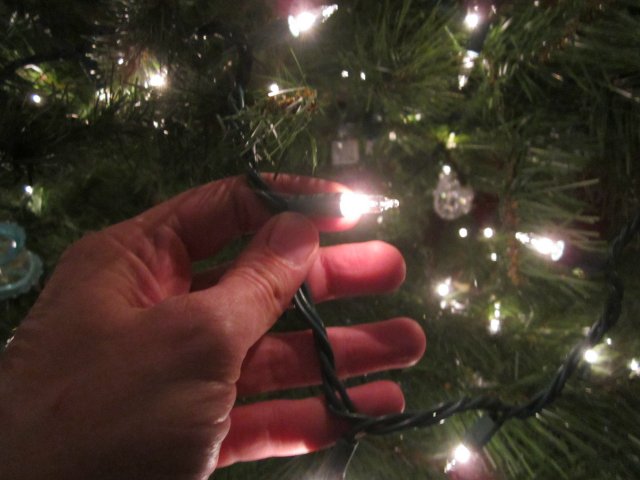SPRINGFIELD, Ill. – While decorating can be one more thing to mark off an extensive holiday to-do list, take a little extra time when using electrical light strands or other plug-in decorations and while using a ladder.
Holiday decorating-related injuries include those caused by falls, cuts, and back strains, although they can also be related to electrical hazards. For example, “do not use a staple or nail to hang light strands, and always be aware of overhead power line locations when carrying or using ladders or stringing lights,” says Erin Hollinshead, executive director of Safe Electricity.
“Like with any home task, it is best to take your time, think before you start, and make safety a priority, which includes assessing the condition of lights and other decorations powered by electricity,” she adds.
Be on the lookout for damaged light strands, plugs, and electrical cords, and always discard items that are cracked, old or frayed. Safe Electricity provides these additional holiday decorating safety tips:
- When decorating outside, always be sure to look up and look out for overhead power lines. Make sure that you and any equipment you are using, such as a ladder or a light strand, stay a minimum of 10 feet away from overhead power lines.
- When securing light strands, never staple or nail them into place; instead, use plastic hooks.
- Follow the manufacturer’s instructions for the number of light strands you can daisy chain (plug into one another).
- Make sure the lights and extension cords that you use are properly rated; that is, those that you use outside should be rated for outdoor use.
- Before hanging your lights, check the strands for broken bulbs as well as fraying or bare wires that could present electrical hazards. Always discard damaged strands.
- Turn off all lights before leaving home or going to sleep or ensure they are timed to do so.
- Do not run cords under carpets, through doorways or in a way that could cause a tripping hazard.
- Lights and decorations that are used outdoors should be plugged into an outlet with ground fault circuit interrupter (GFCI) protection. GFCIs detect and prevent dangerous situations where an electric shock could occur.
- When using holiday lights, whether indoors or out, look for certification by an accredited independent testing laboratory such as Underwriters Laboratories.
- Puppies and other pets love to chew on electrical cords, including light strands and extension cords. Keep cords out of sight or hidden with a cord cover.
- Be careful when using extension cords around crawling babies and toddlers. Check for long electrical cords that span the floor and secure them with cord covers to avoid hazards.
Here is to a happy and safe holiday season. For more information on electrical safety, visit SafeElectricity.org.
WRITER: Ann Augspurger, Communications Director, Safe Electricity
SOURCE: Erin Hollinshead, Executive Director, Safe Electricity
ABOUT EXTENSION: Illinois Extension leads public outreach for University of Illinois by translating research into action plans that allow Illinois families, businesses, and community leaders to solve problems, make informed decisions, and adapt to changes and opportunities.
Safe Electricity is the award-winning, public awareness program of the Energy Education Council, a 501(c) 3 established in 1952 on the campus of the University of Illinois at Urbana-Champaign. With offices located in Springfield, Ill., Safe Electricity operates under the University of Illinois Extension and is led by the Safe Electricity/EEC Board of Directors. Since the Safe Electricity program was created in 2001, it has provided thousands of safety-minded resources to its more than 500 utility members from across the country to help save lives and reduce injuries.
